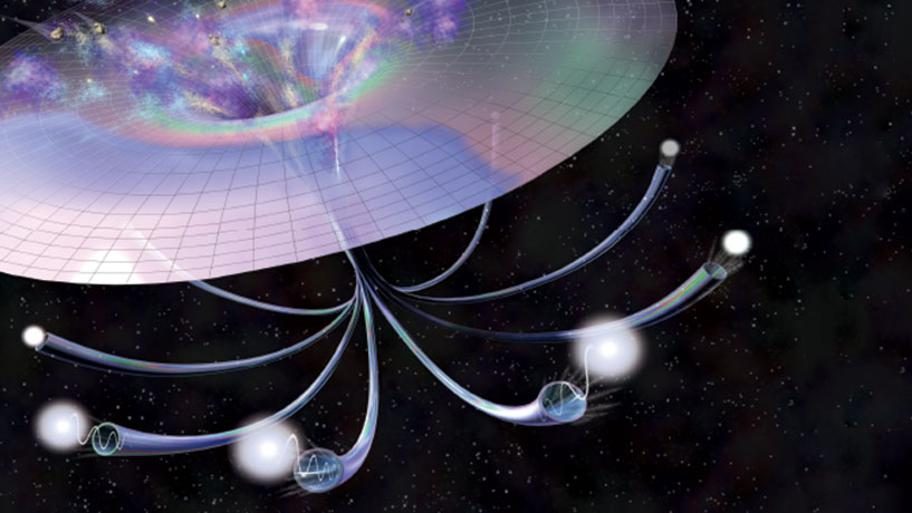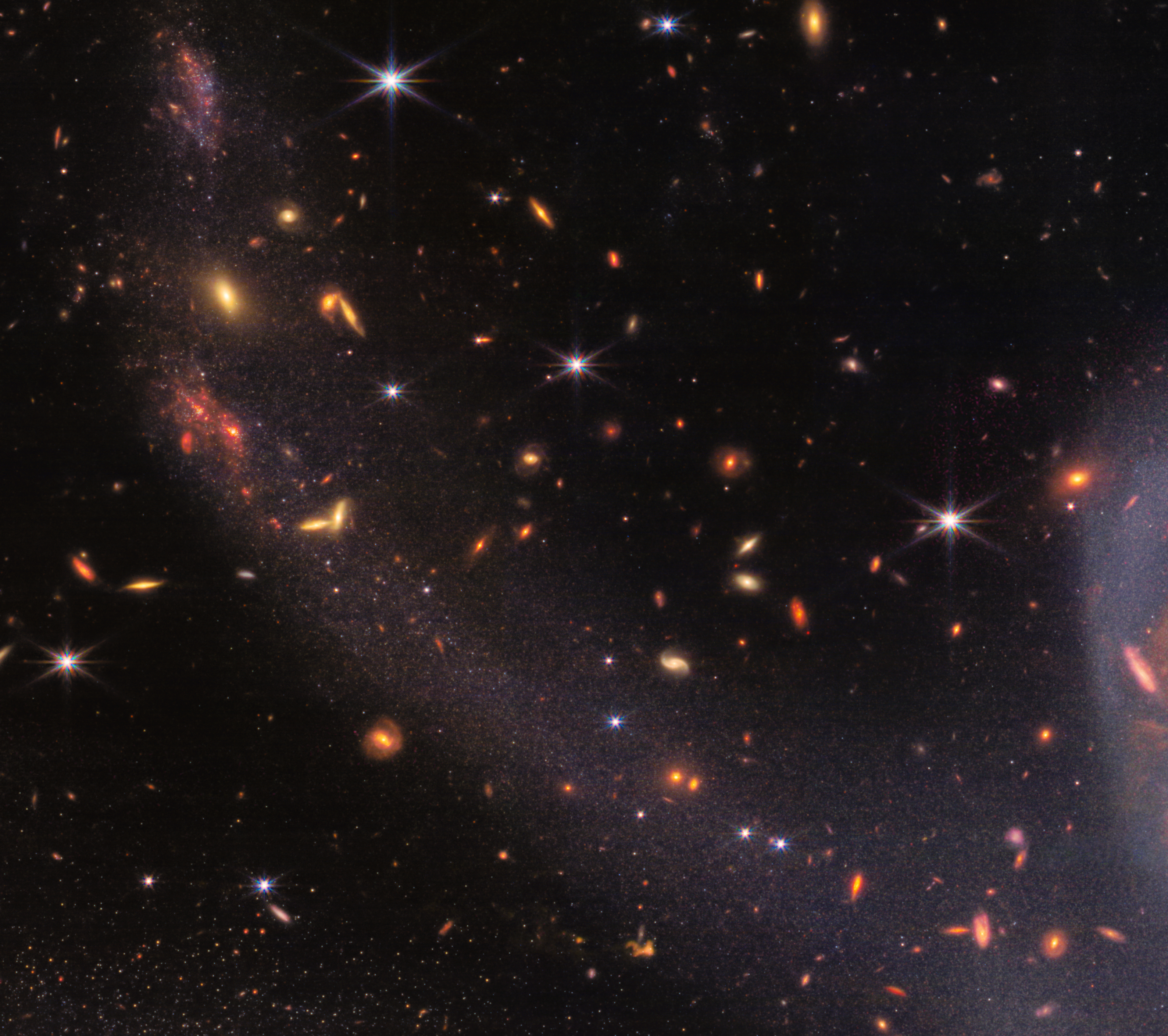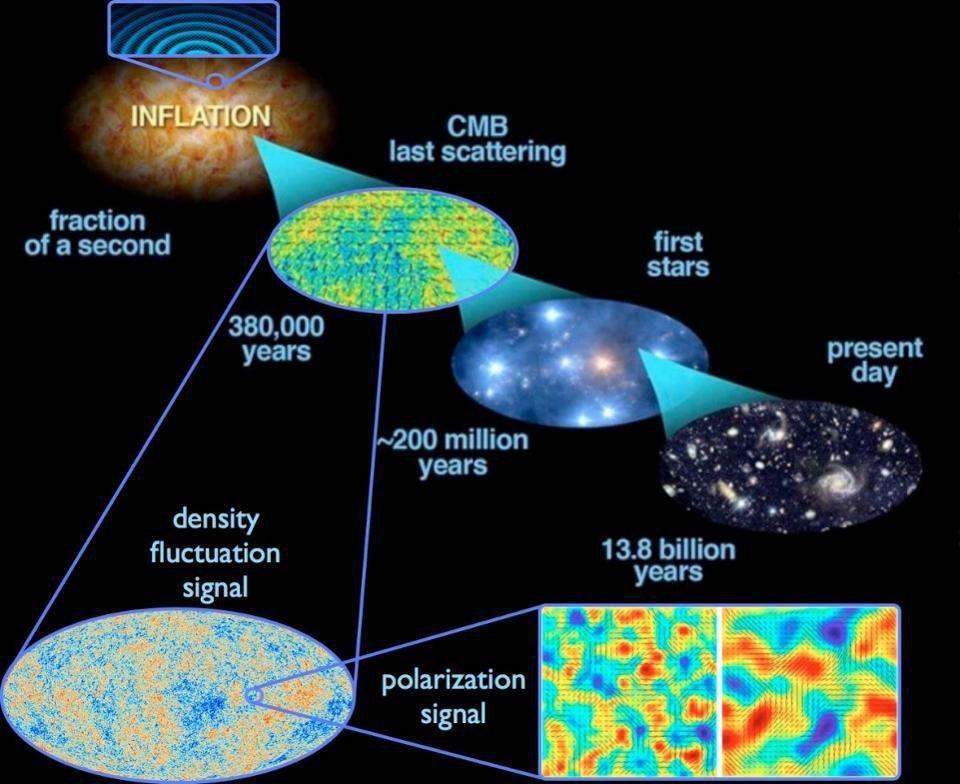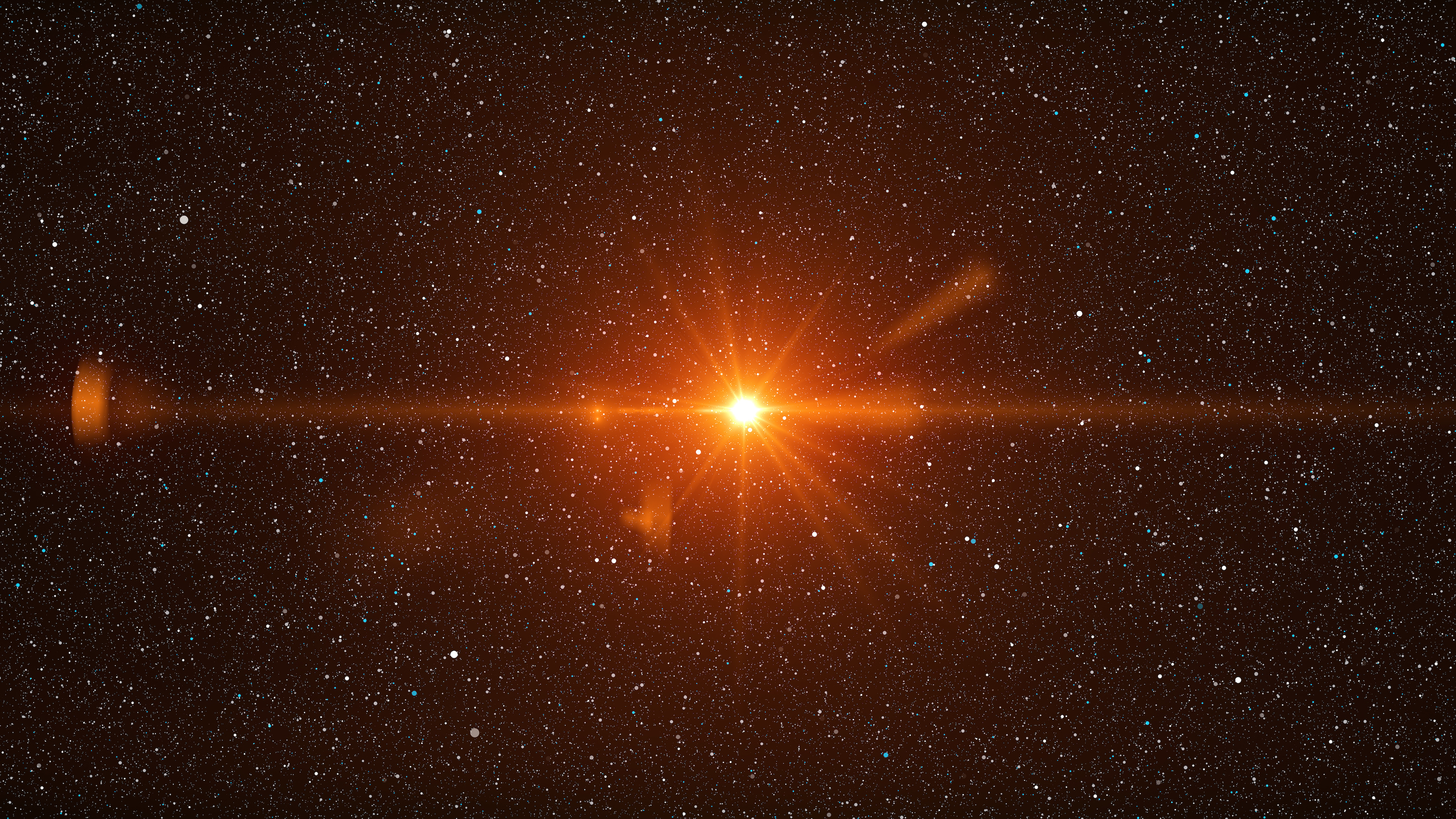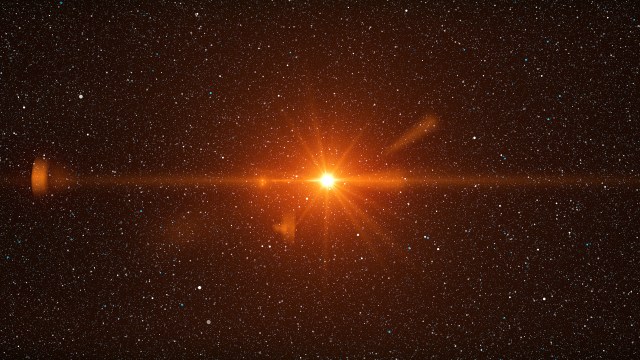Ask Ethan: Has the JWST disproven the Big Bang?
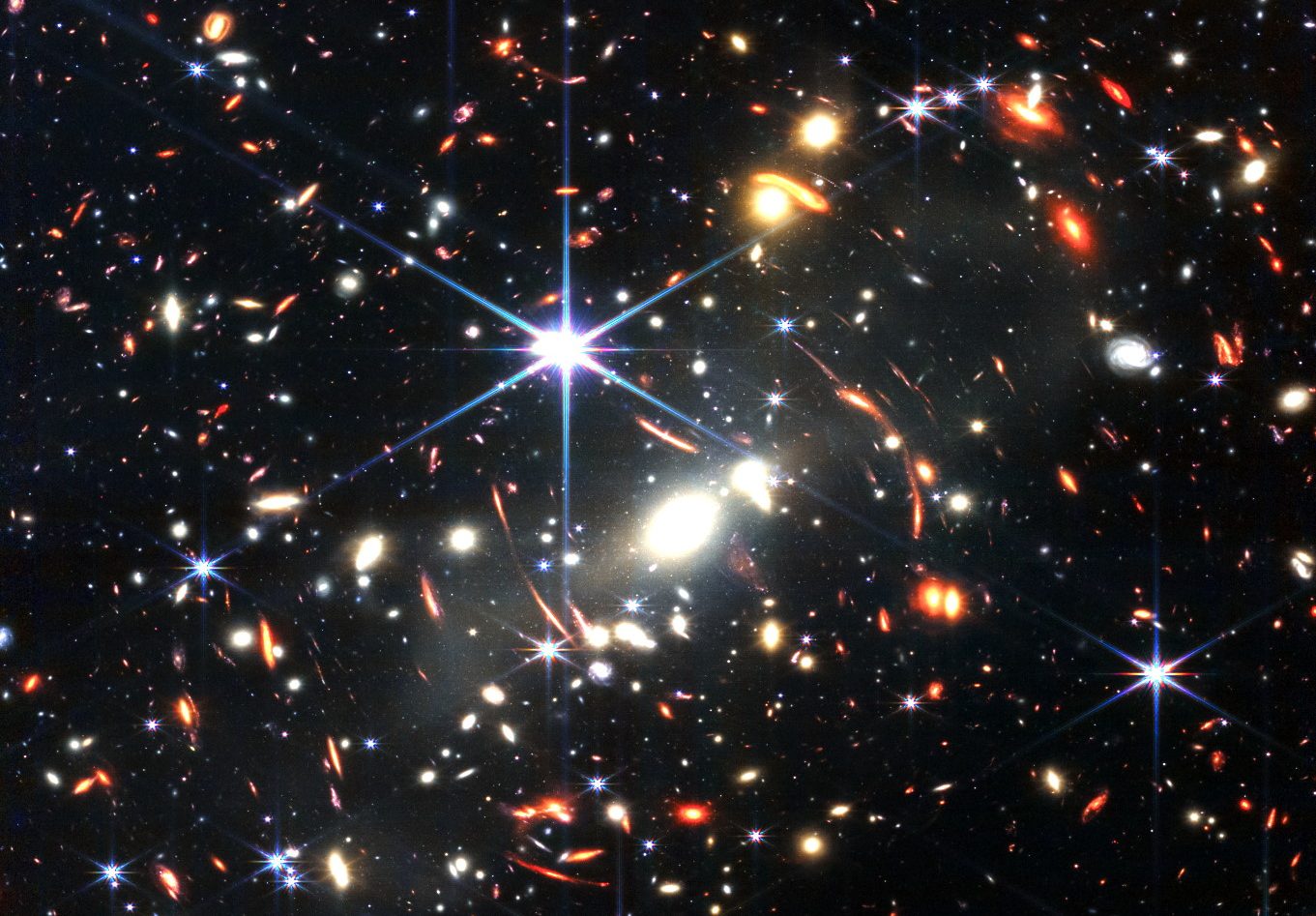
- Out in the depths of space, the James Webb Space Telescope (JWST) is already revolutionizing what we thought we’d find as far as distant galaxies go.
- However, the claim that “This disproves the Big Bang” isn’t being made scientifically, but rather by a crackpot attempting to prop up his long-discredited ideas.
- Here’s what we know, based on their actual scientific merits and in context, so you won’t get fooled: not now, and not ever.
A recent revolutionary assertion has gone viral, claiming that the Big Bang never happened, and that the latest data from the James Webb Space Telescope (JWST) has proven it. The notion of the Big Bang has never sat well with many — all the way from its earliest incarnations in the 1920s (via Georges Lemaître) and the 1940s (from George Gamow; apparently you had to be named “George” to realize this) — and has been continuously challenged since its inception. However, the evidence has remained overwhelmingly in its favor ever since the 1960s, and no other serious competitors have ever been able to reproduce its successes. Which leads one to wonder: what are the merits, if any, of this latest claim? Could it be true, and if so, how and why?
That claim has provoked identical questions from many, including: James Laing-Smith, Marc Van Lysebetten, David Siegel (no relation), Jeff Humphrey, and Patreon supporter Pedro Teixeira. They all inquire something akin to:
“I read an article by LPPFusion, saying the new [JWST] pictures cast doubt on the Big Bang. It has something to do with redshift and the size and smoothness of galaxies, and it’s all due to plasma and proves their fusion theories.”
Indeed, this is roughly the claim that’s been made. Let’s walk through what the Big Bang actually states, what the new JWST images show, what the author is claiming when they say “The Big Bang never happened,” and what we can scientifically conclude based upon the full suite of evidence. Here we go!
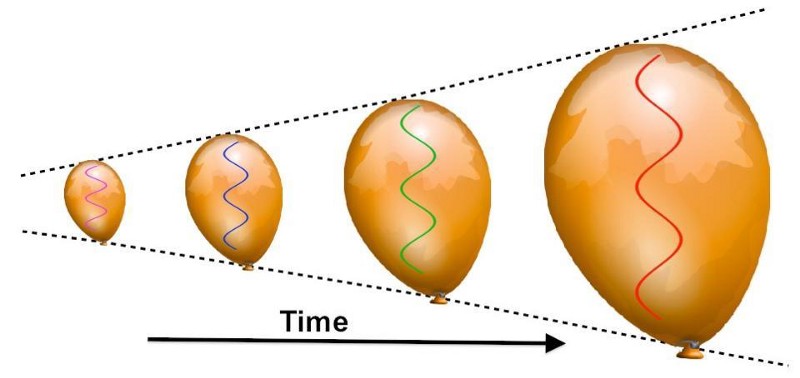
The modern Big Bang
Originally, the Big Bang was a simple idea that grew out of three facts, all put together.
- In Einstein’s general theory of relativity, a Universe filled with any uniform distribution of matter and/or energy will not be stable in a static configuration: the fabric of space in that Universe must either contract or expand.
- Observationally, there are spirals and ellipticals in the sky, and they lie well beyond the Milky Way; their distances can be measured.
- Also observationally, the light from these spirals and ellipticals appears to be shifted, with more distant objects exhibiting a greater redshift in direct proportion to their distance: consistent with an expanding Universe.
By combining these three facts, we’d conclude that the Universe — if it’s expanding and becoming less dense today — must have been smaller and denser in the past. We can extrapolate this back farther and farther, to even very early times if we like, and recognize that our modern Universe must have emerged from a denser, smaller, more uniform state in the very distant past.
The first person to synthesize this information together was Georges Lemaître, who did it in 1927, although others would independently come to the same conclusion, including Howard Robertson in 1928, Edwin Hubble in 1929, and Arthur Walker a few years later.
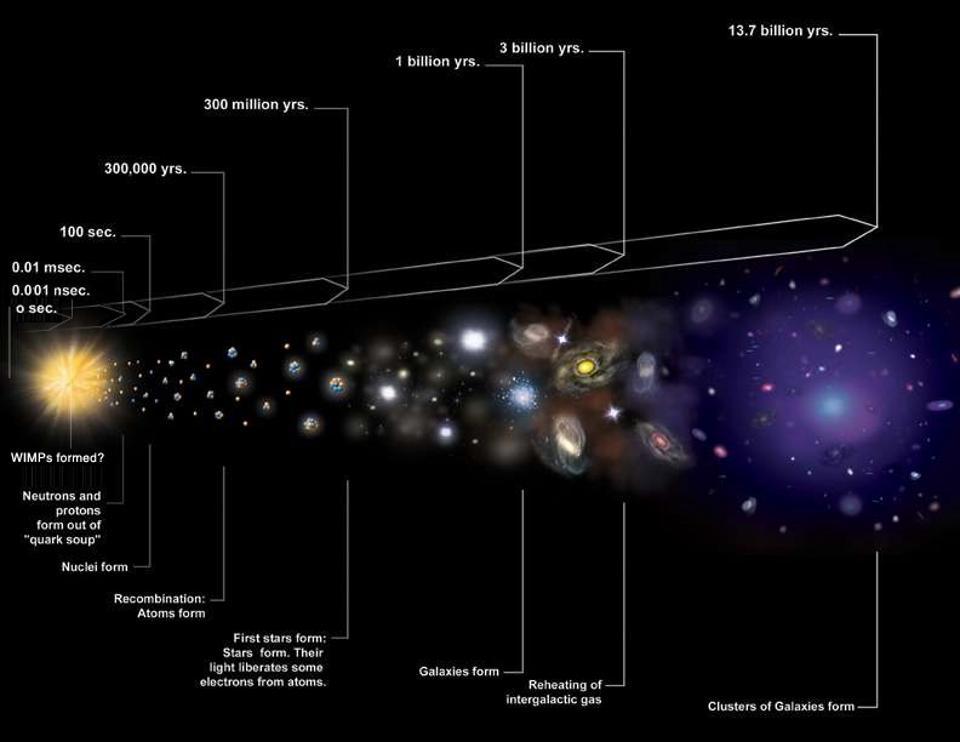
Over time, we were able to derive many more consequences from the Big Bang, including that the early state must have been hotter as well as denser, and that as the Universe expands it also cools. This allowed us to predict:
- That there would be a leftover “bath” of low-energy radiation, with a blackbody spectrum, in all directions, arising from when the Universe “cooled” through the threshold that enabled it to form neutral atoms.
- That the Universe would have, at even earlier times, been hot and dense enough to initiate nuclear fusion reactions before any stars could form, leaving us with an initial abundance of elements other than hydrogen among the pristine set of atoms that the Universe begins with.
- And that, once neutral atoms form, the Universe begins gravitating to form structure in the Universe: stars, star clusters, clouds of gas, galaxies, galaxy clusters, and eventually, the great cosmic web, filled with filaments and voids.
All of these aspects of the Big Bang have been verified and validated, ruling out a great many alternatives that cannot reproduce these successes. Today, there are three additional ingredients that we’ve learned (and tested and verified!) are also present in the Universe: dark matter, which clumps and gravitates but doesn’t collide with normal matter or photons, dark energy, which behaves as a form of energy inherent to space itself, and cosmic inflation, which limits how far back into the past we can extrapolate the hot Big Bang before matter-and-radiation no longer dominated the energy contents of the Universe.
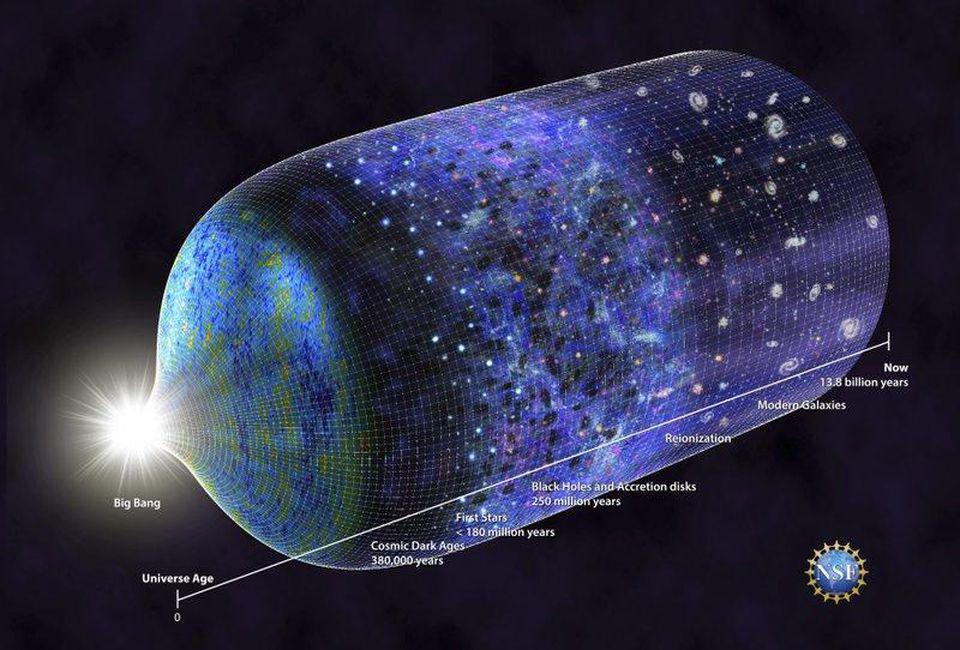
This picture enables us to do something remarkable. Inflation allows us to describe the initial conditions of the Universe at the start of the hot Big Bang: how hot and dense it was, what the initial spectrum of density imperfections were — including that were all adiabatic, gaussian random fluctuations — and what the magnitude of these fluctuations were on all cosmic scales. Our knowledge of the Standard Model, plus the additions of dark matter and dark energy, enable us to state what the various types, energies, and abundances of all the different species of energy were at all cosmic times.
From that starting point, our knowledge of the laws and interactions that govern the Universe enables us to time-evolve these initial conditions from the start of the hot Big Bang all the way up through the present day. We can make both theoretical predictions and perform numerical simulations that tell us what should arise, and when, in an expanding Universe that begins with a hot Big Bang and the properties we’ve determined it ought to have. The agreement between theory and observation is spectacular, and although a few puzzles still remain, no serious challenger to this paradigm has ever emerged, from the mid-1960s onward.

Surprising finds from the JWST
It might be hard to believe, but we only started seeing our very first science results from the JWST in mid-July, 2022. (That recently, really!) Perhaps the biggest surprise — other than the astounding technical performance of the telescope, which is arguably twice as good as it was designed to achieve on many fronts — is what it’s seen in the realm of galaxies. While we knew JWST would push far past what Hubble’s limited capabilities have seen, we had no idea its performance would be so revolutionary in such an early stage of its observation campaigns.
- There are greater numbers of galaxies out there than Hubble ever saw, including at distances that Hubble would never be sensitive to.
- Some of these galaxies appear more evolved, more massive, and at earlier stages than not only we’d previously seen, but than many models and simulations had expected.
- Some of them might even be massive and quite evolved at epochs between 200 and 350 million years after the Big Bang; the current confirmed record-holder, from Hubble, was already 407 million years after the Big Bang.
- Many of these galaxies, even the earliest ones, are shaped like disks, rather than being irregular. JWST’s superior resolving power and imaging capabilities have shown this even for galaxies that previously, with Hubble, looked like irregular blobs.
- And finally, nearby galaxies, in contrast to what Hubble saw, appear smaller and more compact with JWST’s improved resolution.
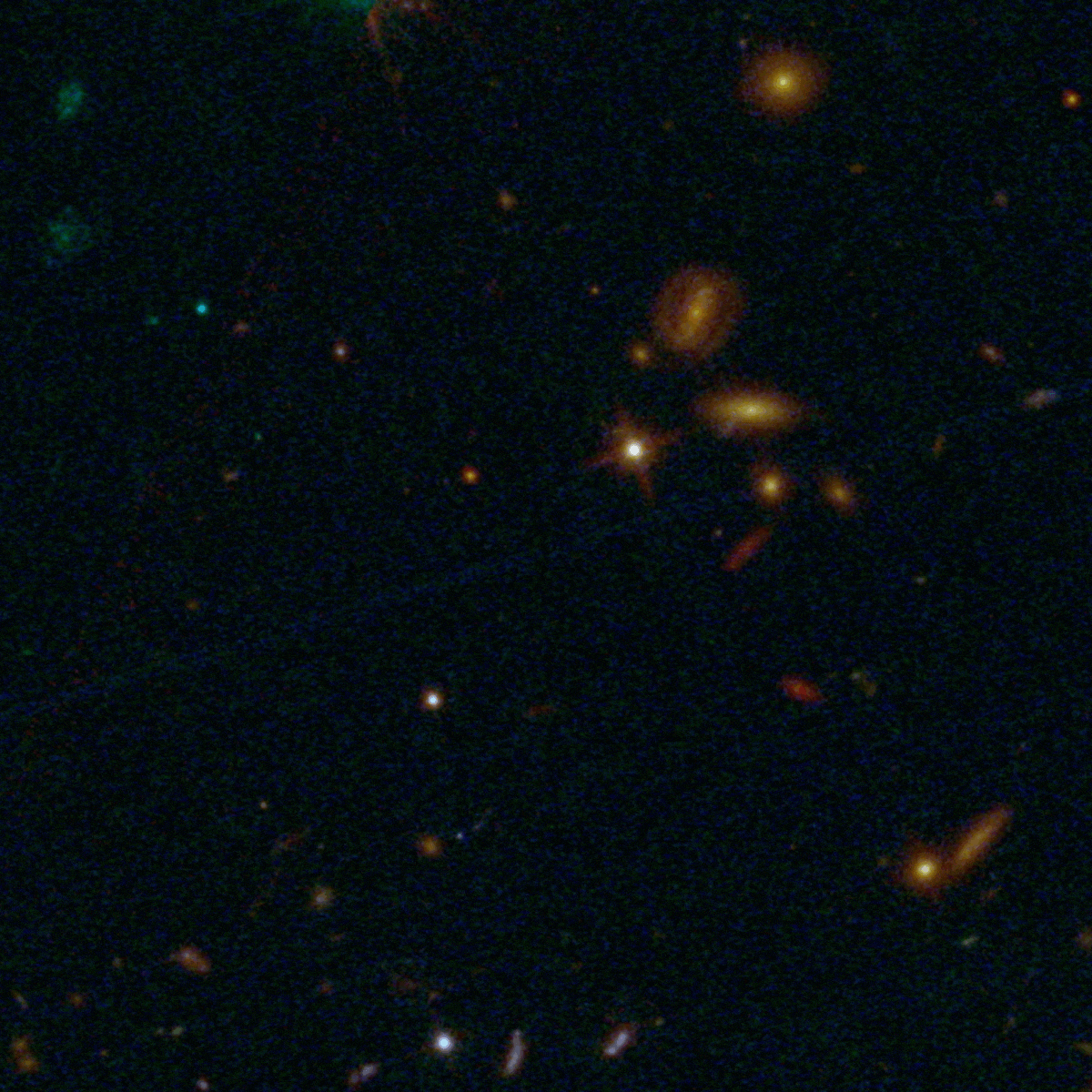
This is interesting, particularly to scientists, in a lot of ways. We mentioned earlier that the fluctuations that the Universe was born with had a particular set of properties, many of which probably sounded like jargon to you. In plain English, what this means for all cosmic (i.e., scales on which galaxies form) distance scales, is that:
- 16% of those fluctuations are denser than average by 0.003% or more,
- 2.5% of them are overdense by 0.006% or more,
- 0.15% of them are overdense by 0.009% or more,
- 0.005% of them are overdense by 0.012% or more,
- and only ~0.0001% of them are initially overdense by 0.015% or more.
Even if we take these rare, large initial fluctuations and let them grow at the maximum allowable rate, it’s very difficult to get enough galaxies that will be massive enough, evolved enough, and that will form early enough to be consistent with JWST’s observations.
This new set of observations presents an exciting challenge for our modern cosmological theories, and an exciting challenge for cosmologists to try and puzzle out. Why do these galaxies have the properties that they do? Can our standard model of cosmology be reconciled with these observations? And if not, what sort of implications does that have for what else we might learn about dark matter, the expanding Universe, or other aspects of our cosmic history? These are all legitimate research questions that people are actively working on right now, at this very moment.
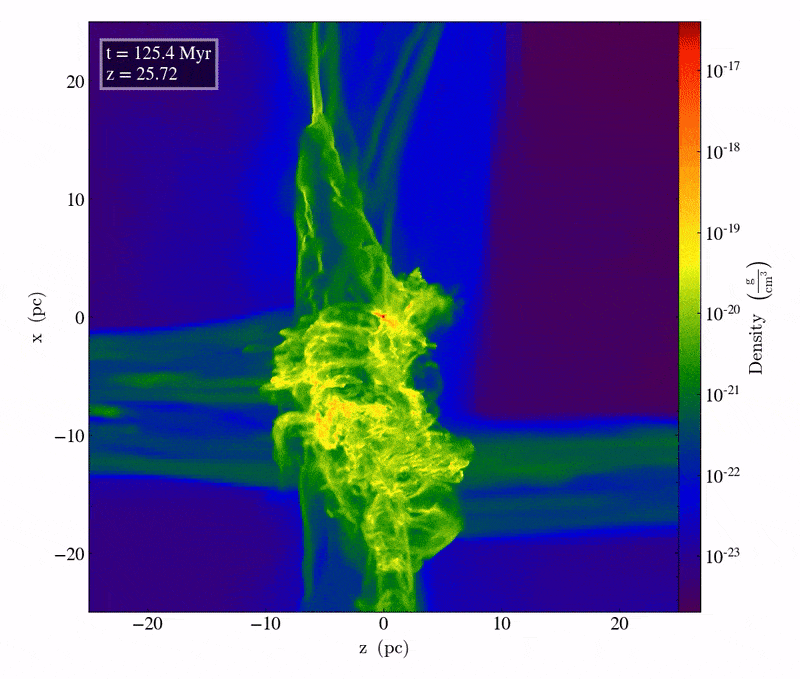
Why would one state, “The Big Bang never happened?”
There are some people that seem to have it baked into their bones to disagree with whatever it is that everyone else thinks, regardless of whatever it is that the evidence shows. In science, this can be a healthy attitude if done correctly, as it’s frequently up to us to be our own harshest critics. Whatever hypotheses we have, it’s up to us to try and knock them down, to scrutinize their various aspects closely and scrupulously, and to look for any discrepancies that might poke holes in the standard, accepted picture.
But there’s a cardinal sin you absolutely must not commit: you cannot ignore the full suite of evidence at hand, particularly the bits that contradict your own position, while focusing on just a few cherry-picked pieces of evidence that support it. This is the hallmark of unscrupulous contrarians, crackpots, and heretics everywhere, as well as those who support long-discredited theories.
The one asserting that “The Big Bang never happened” in this latest recent viral… messy situation, let’s politely call it, is Eric Lerner, a longtime advocate of an alternative cosmology to the mainstream, known either as a plasma cosmology or the electric universe.
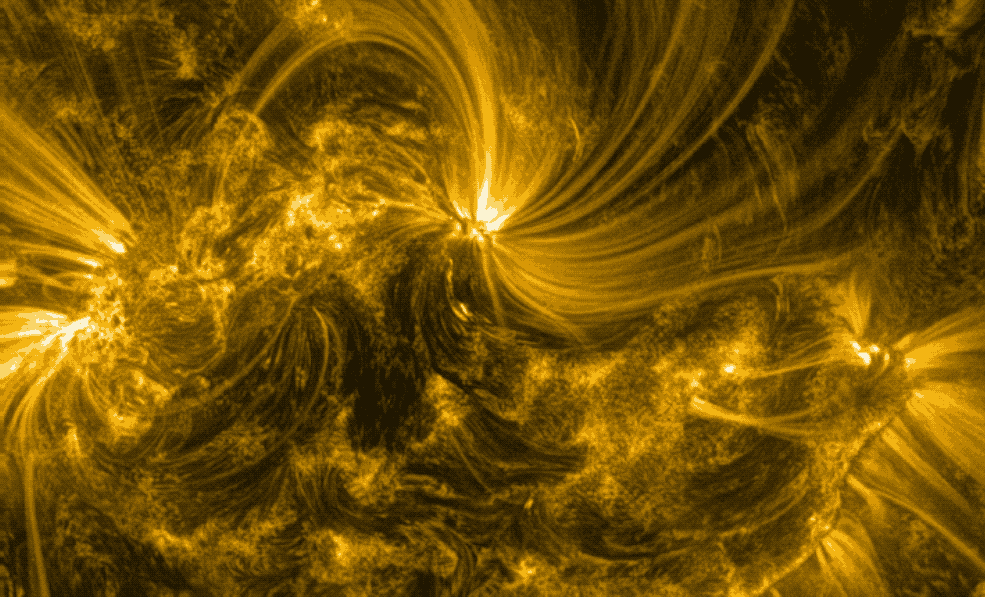
When it was first proposed by Hannes Alfvén in the mid-1960s, most physicists had not even thought to apply the rules of electromagnetism to the realm of astrophysics, and yet with such high energies, large numbers of charged particles, and dense environments, it stood to reason that electric and magnetic fields could get quite large indeed.
Alfvén, pretty much single-handedly, wound up developing the field of physics that’s now known as magnetohydrodynamics (MHD), which plays incredibly important roles:
- in the environments of stars and stellar remnants,
- in plasmas throughout stellar systems and the interstellar medium,
- around black holes and neutron stars,
- and throughout galaxies, where they help shape large-scale magnetic fields.
For his revolutionary work, Alfvén won the 1970 Nobel Prize, and MHD is now an essential part of a wide variety of astrophysical applications.
But Alfvén went a step farther when he proposed his plasma cosmology, asserting that perhaps, on cosmic scales, gravity isn’t all that important, and that instead, electric and magnetic fields and forces were responsible for shaping the Universe. In this model of the Universe, a wide variety of observables with a standard explanation within the Big Bang paradigm would need to be replaced with a wild alternative.
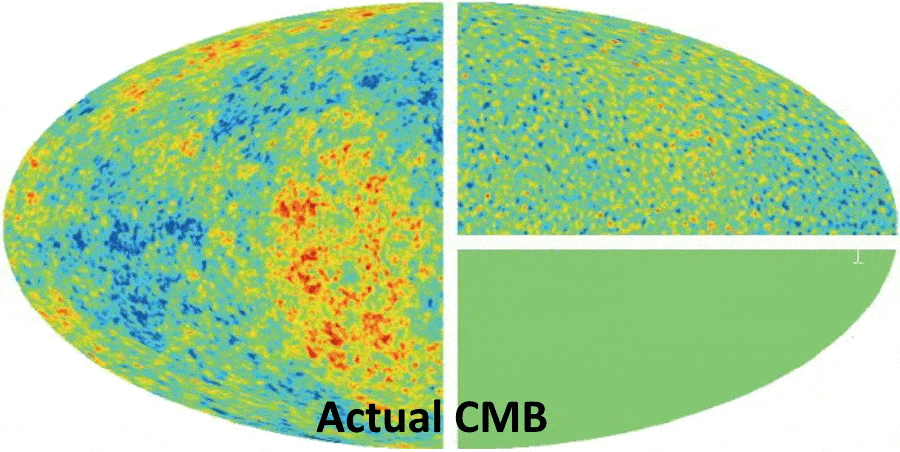
- The Universe wouldn’t expand, but would oscillate, undergoing periods of expansion and contraction.
- Distant objects wouldn’t just be receding, but would have comparatively large transverse velocities, leading to large-scale rotational motions on cosmic scales.
- There would be a cosmic web that formed: not from gravitation pulling objects toward one another on progressively larger and larger scales as time went on, but from massive plasma discharges — like cosmic lightning bolts — that formed cosmic filaments.
- And any background of radiation that existed would come from these heated plasmas that radiated throughout space, with sum of all of these various “hot” locations reaching our eyes, today, as that background radiation.
Although this sounds like a wild idea, you have to remember that the Big Bang also has a lot of extrapolations in it, none of which were supported by the evidence back when the idea was first being proposed and developed. Regardless of what our preferences are, however, science progresses by one method and one method only: by comparing the predictions that our differing ideas make with the actual, real Universe that we inhabit. Astronomically, we have no choice but to look to the Universe itself to determine the answer to the question, “What is it actually doing, and which description is most accurate?”
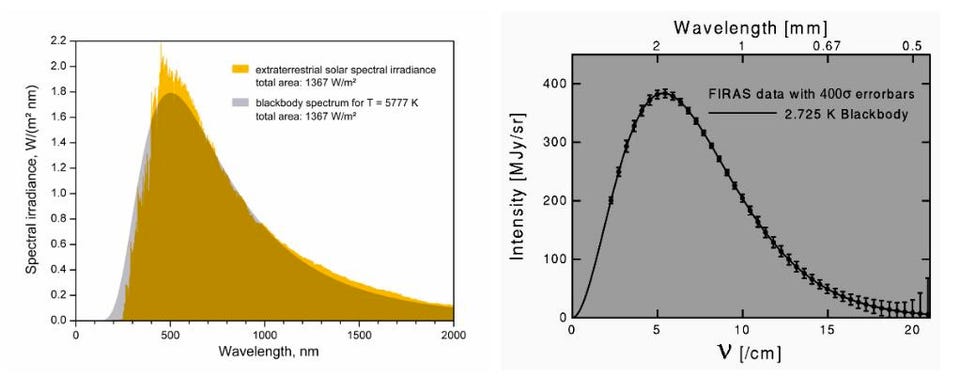
What does the evidence actually show?
Things get really bad for plasma cosmology advocates really fast if they dare to genuinely confront their ideas with observations of the Universe itself.
- The Universe doesn’t oscillate, and doesn’t alternately undergo periods of expansion and contraction. It has been expanding the entire time, from (as we’ve directly measured) 380,000 years after the Big Bang until today, 13.8 billion years later.
- Large transverse velocities would show up as overall cosmic rotations on a wide variety of scales. We have considered this carefully, and there are very strong constraints on it: strong enough to rule out the plasma cosmology picture on this criterion alone.
- The cosmic web that forms provides some of the best evidence possible for a Universe filled with cold dark matter in about five times the abundance as normal matter, forming structures precisely in line with General Relativity’s predictions in an expanding Universe. Quantitatively, a plasma cosmology cannot reproduce this success.
- And the background of radiation, as illustrated above, can neither come from a series of hot objects that have cooled down nor from reflected starlight, as the perfect blackbody spectrum of the cosmic microwave background cannot be reproduced by those imperfect “series of blackbodies” that would be summed together in the alternative case. This last observation was enough to falsify Alfvén’s idea more than a year before he even proposed it; the plasma cosmology was literally dead-on-arrival.
It’s much easier to make a sensational, attention-grabbing claim than it is to do the heavy lifting of going through the full suite of evidence and drawing a responsible, scientifically accurate conclusion. Fortunately, “shouting the loudest” won’t get you very far among scrupulous scientists, and the plasma cosmology will continue to languish in scientific obscurity: exactly where it belongs on the basis of its lack-of-merits. Whenever you dare to ask the Universe, “What is true?” you’d better be prepared to listen to what it tells you. If you don’t, whatever you do next cannot be rightfully called science in any way.
Send in your Ask Ethan questions to startswithabang at gmail dot com!
